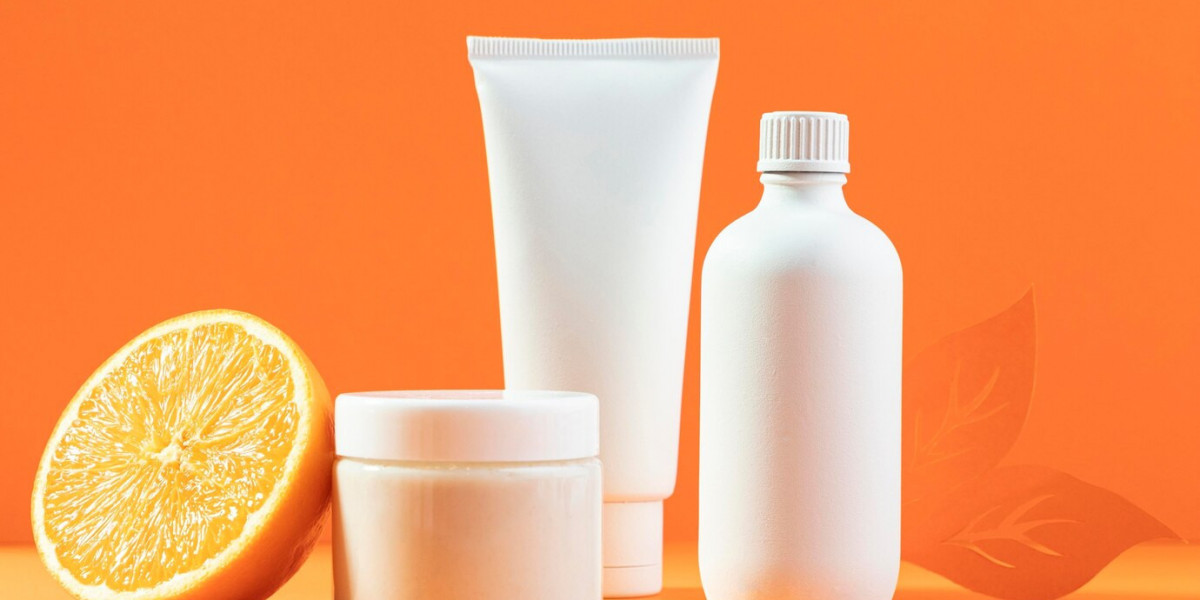The global body lotion market has grown from being a niche segment in the broader skincare industry to a dynamic and highly competitive space. As consumer awareness around skin health, self-care, and wellness continues to rise, body lotion has evolved from a basic moisturizing product to a personalized and lifestyle-driven solution. The competitive scope of this market is expanding rapidly, driven by innovation, branding, pricing strategies, and sustainability concerns.
Market Overview and Growth Drivers
The body lotion market is projected to grow at a steady pace, with a compound annual growth rate (CAGR) of around 5–6% over the next five years. Factors contributing to this growth include increasing demand for skincare products due to rising disposable incomes, a growing global middle class, and the expansion of e-commerce channels. Furthermore, the increasing prevalence of skin issues such as dryness, eczema, and sensitivity—exacerbated by environmental stressors and changing climates—has made body lotion a daily necessity for many.
Moreover, the COVID-19 pandemic played a significant role in shifting consumer focus toward health and personal hygiene. This behavioral shift has had a long-lasting effect, with more consumers incorporating skin and body care into their wellness routines, thereby fueling demand across multiple demographics.
Competitive Landscape
The competition in the body lotion market is intense and segmented across several tiers of players:
1. Multinational Giants
Global brands such as Unilever (Vaseline, Dove), Procter & Gamble (Olay), Johnson & Johnson (Aveeno, Neutrogena), and L’Oréal (CeraVe, Garnier) dominate the market. These companies leverage vast distribution networks, brand recognition, and aggressive marketing strategies. They also invest heavily in R&D to develop specialized products such as anti-aging, firming, or sensitive-skin formulas.
2. Niche and Natural Brands
In response to increasing consumer preference for clean, organic, and cruelty-free products, brands like The Body Shop, Burt’s Bees, and Drunk Elephant have carved out a loyal following. These companies differentiate themselves with unique formulations, sustainable sourcing, and ethical practices. Their smaller scale allows for agility in responding to emerging trends, such as CBD-infused lotions or probiotic skincare.
3. Private Labels and Retail Brands
Supermarkets, pharmacies, and online retailers are increasingly launching their own body lotion lines under private labels. These offerings are often competitively priced and target budget-conscious consumers. Brands like Target’s Up & Up, Walmart’s Equate, and Amazon Basics compete by offering decent quality at lower prices, capitalizing on trust in the retailer's brand.
4. Luxury and Premium Players
High-end brands like Chanel, La Mer, and Estée Lauder cater to the premium segment with lotions that emphasize anti-aging, rare ingredients, and luxury experiences. This segment, though smaller in volume, is lucrative in terms of margins and brand loyalty.
Innovation and Product Differentiation
Innovation is a major battlefield in the body lotion market. Companies are not only formulating new ingredients—such as hyaluronic acid, niacinamide, shea butter, and plant-based actives—but also offering new formats like mousse, gel-cream, and spray lotions. Multi-functionality is also a growing trend: lotions that provide SPF protection, firming effects, or aromatherapy benefits are becoming increasingly common.
Smart packaging and sustainability are also driving differentiation. Recyclable containers, refill stations, and biodegradable packaging are helping brands appeal to eco-conscious consumers. Additionally, tech-savvy brands are using skin-analyzing apps and AI-based customization tools to personalize product recommendations.
Digital Transformation and E-Commerce Competition
The digital revolution has widened the competitive scope. Direct-to-consumer (DTC) brands, influencer-backed startups, and social media-native companies are leveraging platforms like TikTok, Instagram, and YouTube to disrupt traditional marketing methods. Fast-paced content and viral product endorsements allow these brands to reach younger consumers and capture market share quickly.
E-commerce platforms such as Amazon, Sephora, and specialty skincare websites allow smaller brands to compete globally without needing a large physical presence. Subscription models and bundling of skincare products further intensify the competition and enhance customer retention.
Challenges and Barriers to Entry
Despite the growing market, new entrants face significant barriers:
High marketing costs to achieve visibility in a saturated market.
Complex regulatory requirements, particularly around claims of skin benefits or organic certification.
Formulation challenges, especially when creating natural products with long shelf lives.
Established players, meanwhile, must continually innovate to prevent brand fatigue and defend market share against nimble startups and changing consumer values.
Conclusion
The body lotion market is a fast-evolving space marked by intense competition, rapid innovation, and changing consumer preferences. As skincare becomes more deeply ingrained in the daily routines of global consumers, the competitive scope will continue to expand—not just in terms of the number of players, but also in the depth of product specialization and the sophistication of brand strategies. The brands that succeed will be those that combine efficacy, ethical practices, strong storytelling, and digital fluency to capture both hearts and market share.
read more:
| https://www.pristinemarketinsights.com/body-lotion-market-report |









